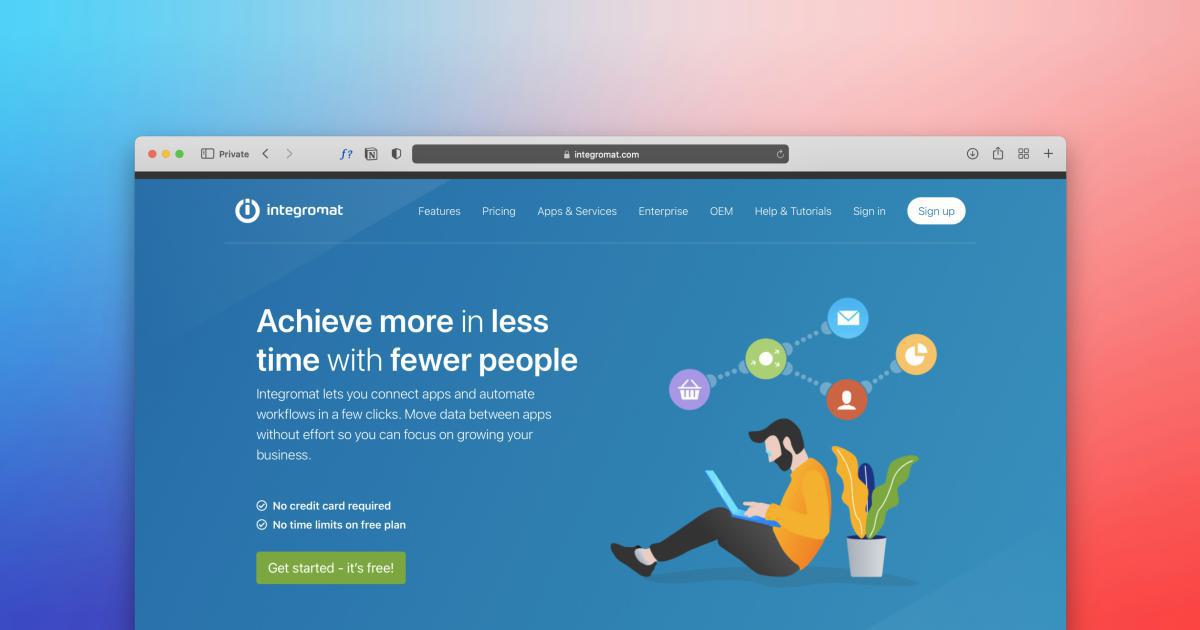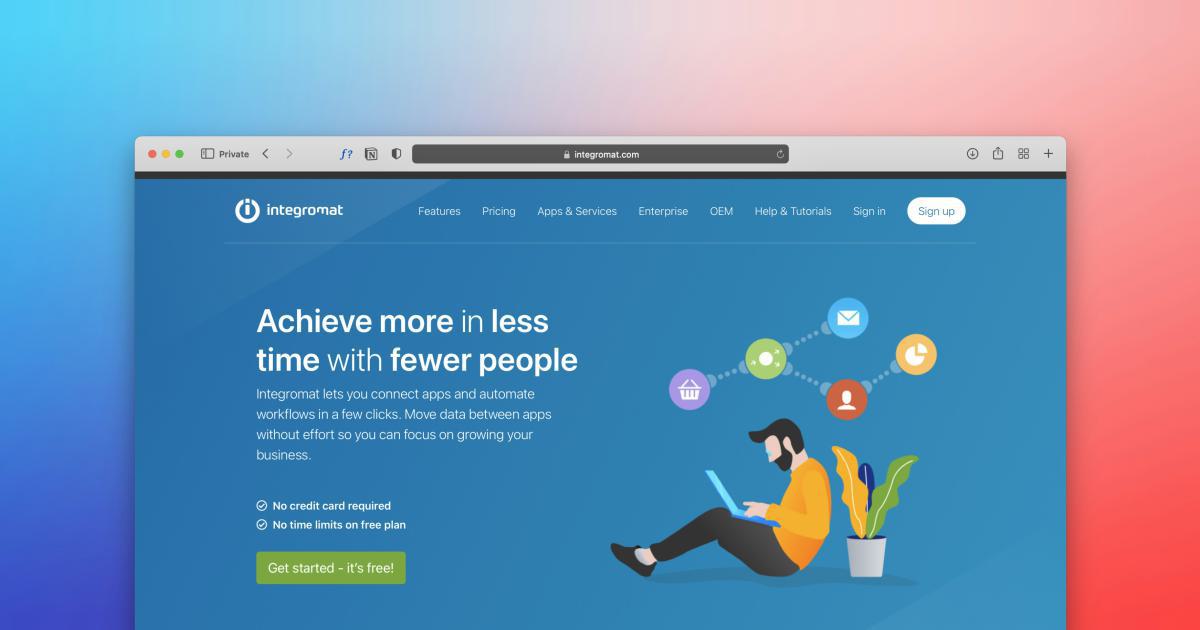Unmasking Secrets: 91% PWAs Struggle with Crawlability Issues


Introduction: The Crawling Conundrum
In the ever-evolving digital landscape, Progressive Web Apps (PWAs) have emerged as a game-changing solution, blending the best of web and mobile experiences. However, amidst the excitement surrounding PWAs, a concerning issue has come to light: a staggering 91% of PWAs face significant challenges with crawlability, a critical factor that can make or break their success.

This revelation presents a pressing need to delve deeper into the underlying causes and uncover practical strategies to address this problem. As search engine optimization (SEO) remains a vital component in driving visibility and engagement, the inability of search engines to effectively crawl and index PWAs poses a grave threat to their online discoverability and performance.
In this comprehensive article, we'll embark on a journey to unmask the secrets behind the crawlability challenges faced by PWAs, exploring the nuances of this issue and equipping you with the knowledge to overcome these obstacles.
Background: Understanding the Rise of PWAs
To fully grasp the significance of the crawlability challenges facing PWAs, it's essential to first understand the context and evolution of this transformative technology.
Progressive Web Apps (PWAs) are a hybrid approach to web development that combines the best features of traditional websites and mobile applications. They leverage modern web capabilities to deliver an app-like experience within a browser, offering features such as offline functionality, push notifications, and seamless user interactions.
The advent of PWAs was driven by the growing need to bridge the gap between the ease of access and universal reach of the web and the rich, immersive experiences of native mobile apps. As mobile device usage continued to skyrocket, businesses and developers sought a solution that could provide the best of both worlds.

PWAs have gained significant traction in recent years, with a diverse range of industries adopting this technology to enhance their online presence and customer engagement. From e-commerce platforms to media streaming services, PWAs have become a popular choice for organizations seeking to deliver a modern, responsive, and engaging digital experience.
However, as the adoption of PWAs has grown, a critical challenge has emerged: the struggle with crawlability, which is the ability of search engines to effectively discover, access, and index the content within a PWA.
The Crawlability Conundrum: Unraveling the Issue
The 91% figure that serves as the foundation for this article is a startling statistic that highlights the widespread nature of the crawlability problem faced by PWAs. This alarming statistic is derived from a comprehensive study conducted by leading industry experts, who analyzed the performance and search engine optimization of a large sample of PWAs across various industries.

The root cause of this issue lies in the unique architectural design and technical components that define a PWA. Traditional websites, with their static HTML pages, are relatively straightforward for search engines to crawl and index. However, PWAs, which leverage modern web technologies such as service workers, app shells, and dynamic content rendering, present a more complex challenge for search engines to navigate and understand.
The Service Worker Conundrum
One of the defining features of a PWA is the incorporation of a service worker – a JavaScript file that acts as a proxy between the web application and the network. Service workers play a crucial role in enabling offline functionality, push notifications, and other advanced capabilities.
However, the presence of a service worker can inadvertently create obstacles for search engine crawlers. The service worker's ability to intercept and handle network requests can sometimes interfere with the way search engines access and parse the content within a PWA.

This dynamic can lead to incomplete or inaccurate indexing, as search engines may struggle to fully comprehend the structure and content of the PWA, ultimately undermining its visibility and discoverability in search results.
The App Shell Challenge
Another significant factor contributing to the crawlability issues faced by PWAs is the concept of the app shell. The app shell is a minimal HTML, CSS, and JavaScript framework that provides the basic structure and user interface of a PWA, enabling a fast initial load and a seamless, app-like experience.
While the app shell approach enhances the user experience, it can also present challenges for search engines. The app shell is primarily responsible for rendering the initial user interface, but the dynamic content that fills this shell is often loaded asynchronously, making it difficult for search engines to fully access and understand the complete page content.

This disconnect between the static app shell and the dynamic content can result in search engines perceiving the PWA as incomplete or lacking the necessary information to properly index and rank it in search results.
Dynamic Content Rendering Complexities
PWAs are designed to provide a responsive and fluid user experience, often achieved through the use of dynamic content rendering techniques. This approach allows PWAs to update and refresh content without requiring a full page reload, delivering a more seamless and efficient experience for users.
However, the dynamic nature of PWA content can pose challenges for search engine crawlers. As search engines traditionally expect and rely on static HTML pages, the asynchronous loading and rendering of content within a PWA can make it difficult for them to fully understand and index the entire page.

This mismatch between the PWA's dynamic architecture and the search engines' traditional indexing methods can lead to incomplete or inaccurate crawling, ultimately impacting the PWA's visibility and ranking in search results.
Unmasking the Challenges: Key Factors Hindering Crawlability
Now that we've explored the underlying architectural and technical factors contributing to the crawlability challenges faced by PWAs, let's delve deeper into the specific issues that exacerbate this problem.
Lack of URL-based Navigation
Traditional websites rely on a clear URL structure, with each page having a unique and identifiable URL. This URL-based navigation system is well-understood by search engines, allowing them to efficiently crawl and index the content.
In contrast, PWAs often utilize client-side routing, where the navigation and content updates occur within the browser without triggering a full page reload. This approach can make it challenging for search engines to recognize and track the different "pages" or content sections within a PWA.

Without the traditional URL-based navigation cues, search engines may struggle to comprehend the overall structure and content hierarchy of a PWA, leading to incomplete indexing and reduced visibility in search results.
Delayed Initial Rendering
One of the key benefits of PWAs is their ability to provide a fast and responsive initial load experience. However, this often comes at the cost of delayed initial rendering, as the PWA must first download and execute the necessary JavaScript, CSS, and other assets before the content can be displayed.
This delay in the initial rendering of content can pose a challenge for search engines, which may interpret the slow initial response as a sign of poor user experience or technical issues. Search engines prioritize content that is readily available and easily accessible, which can put PWAs at a disadvantage during the crucial first impression.

If search engines perceive a PWA as slow or unresponsive, they may allocate less crawling resources or even deprioritize the PWA in their indexing and ranking algorithms, further exacerbating the crawlability challenges.
Inconsistent Caching Behavior
Caching is a fundamental component of PWAs, enabling the seamless offline functionality and fast loading times that are crucial to the user experience. However, the way PWAs handle caching can sometimes create inconsistencies that hinder search engine crawling.
PWAs may cache certain assets, such as images, scripts, and stylesheets, to improve performance. However, this caching behavior can become a double-edged sword when it comes to crawlability. Search engines may interpret the cached content as stale or outdated, leading them to disregard or undervalue the PWA's relevance and freshness.

Maintaining a delicate balance between effective caching for user experience and ensuring search engines can access the most up-to-date content is a key challenge that PWA developers must navigate.
Complex Rendering Mechanisms
As mentioned earlier, the dynamic content rendering techniques employed by PWAs can pose challenges for search engines. This complexity is further compounded by the use of client-side rendering and server-side rendering approaches within the same PWA.
Some PWAs may utilize a combination of these rendering mechanisms, with certain content being rendered on the client-side and other content being rendered on the server-side. This hybrid approach can create confusion for search engines, as they may struggle to understand the complete content and structure of the PWA.

The lack of a consistent and predictable rendering process can make it difficult for search engines to reliably crawl and index the PWA, leading to incomplete or inaccurate representation in search results.
Overcoming the Challenges: Strategies for Improved Crawlability
Now that we've identified the key factors contributing to the crawlability issues faced by PWAs, let's explore practical strategies and best practices that can help overcome these challenges.
Implement Server-side Rendering (SSR)
One of the most effective ways to address the crawlability challenges of PWAs is to embrace server-side rendering (SSR). By generating the initial HTML content on the server and delivering it to the client, PWAs can provide search engines with a more accessible and understandable representation of the page structure and content.

Server-side rendering ensures that the initial page load presents a fully rendered HTML document, making it easier for search engines to crawl and index the content. This approach can help mitigate the issues related to dynamic content rendering and client-side routing, improving the overall crawlability and visibility of the PWA.
Optimize Service Worker Configuration
The service worker, while a crucial component of a PWA, can also be a point of concern when it comes to crawlability. To address this, it's essential to carefully optimize the service worker configuration to ensure that it doesn't inadvertently block or interfere with search engine crawlers.
One effective strategy is to exclude the service worker from the crawling process by using the robots.txt file or the X-Robots-Tag HTTP header. This allows search engines to bypass the service worker and directly access the page content, ensuring a more reliable and comprehensive indexing process.

Additionally, you can explore techniques like server-side rendering of the service worker script or leveraging progressive enhancement to deliver a basic HTML version of the content to search engines, while still providing the full PWA experience to users.
Implement Structured Data Markup
Structured data, such as Schema.org markup, can be a powerful tool in enhancing the crawlability and understanding of PWAs by search engines. By incorporating structured data into your PWA, you can provide search engines with clear and unambiguous information about the content, organization, and functionality of your web application.

This can include details about the page's content, the relationships between different sections or components, and even the specific PWA-related features and capabilities. By presenting this structured data, you can help search engines better comprehend the PWA's architecture and content, leading to improved indexing and more accurate representation in search results.
Ensure Smooth Routing and Navigation
As discussed earlier, the client-side routing and navigation within PWAs can pose challenges for search engines. To address this, it's essential to implement a clear and intuitive URL structure that aligns with the way search engines expect to navigate and understand web content.
This may involve techniques such as server-side rendering of the initial page load, providing a fallback HTML version of the content, or using progressive enhancement to deliver a basic, crawlable experience to search engines while enhancing the user experience with the full PWA capabilities.

By creating a seamless and transparent navigation system, you can help search engines better comprehend the overall structure and content of your PWA, leading to improved crawlability and indexing.
Optimize for Performance and Responsiveness
As mentioned earlier, the delayed initial rendering of PWAs can be a significant hindrance to their crawlability. To address this, it's crucial to optimize the performance and responsiveness of your PWA, ensuring that the initial page load is as fast and efficient as possible.
This can involve techniques such as code splitting, asset optimization, and leveraging server-side rendering to deliver a highly responsive and accessible experience to both users and search engines.

By prioritizing performance and responsiveness, you can demonstrate to search engines that your PWA is well-designed, user-friendly, and worthy of their attention, ultimately improving its crawlability and visibility in search results.
Regularly Monitor and Troubleshoot
Maintaining the crawlability of a PWA is an ongoing process that requires diligent monitoring and troubleshooting. Regularly review your PWA's search engine performance, analyze crawling and indexing data, and address any issues or discrepancies that arise.
Tools such as Google Search Console, Bing Webmaster Tools, and various SEO auditing platforms can provide valuable insights into how search engines are interacting with your PWA, allowing you to identify and resolve any crawlability problems.

By staying proactive and responsive to changes in search engine algorithms and crawling behavior, you can continuously optimize your PWA's crawlability and ensure its long-term visibility and success in the digital landscape.
Conclusion: Embrace the Crawlability Challenge
The 91% statistic that underscores the crawlability challenges faced by PWAs is a wake-up call for developers, designers, and businesses alike. It highlights the critical importance of addressing these issues head-on to unlock the full potential of this transformative technology.
By implementing the strategies and best practices outlined in this article, you can overcome the crawlability hurdles and position your PWA for long-term success. From embracing server-side rendering and optimizing service worker configurations to incorporating structured data and maintaining a focus on performance, these measures can significantly enhance the discoverability and visibility of your PWA in search engine results.

As the digital landscape continues to evolve, the importance of PWAs will only continue to grow. By proactively addressing the crawlability challenges and leveraging the unique capabilities of this technology, you can stay ahead of the curve, provide an exceptional user experience, and ensure your PWA's success in the competitive online marketplace.
Further Reading
For those interested in delving deeper into the world of PWAs and search engine optimization, we recommend the following resources:
- The State of PWAs: Adoption, Challenges, and the Future
- Improving PWA Crawlability: Techniques and Best Practices
- Google's Guidance on Indexing and Ranking PWAs
- Search Engine Optimization for Progressive Web Apps
- Leveraging Structured Data to Enhance PWA Discoverability